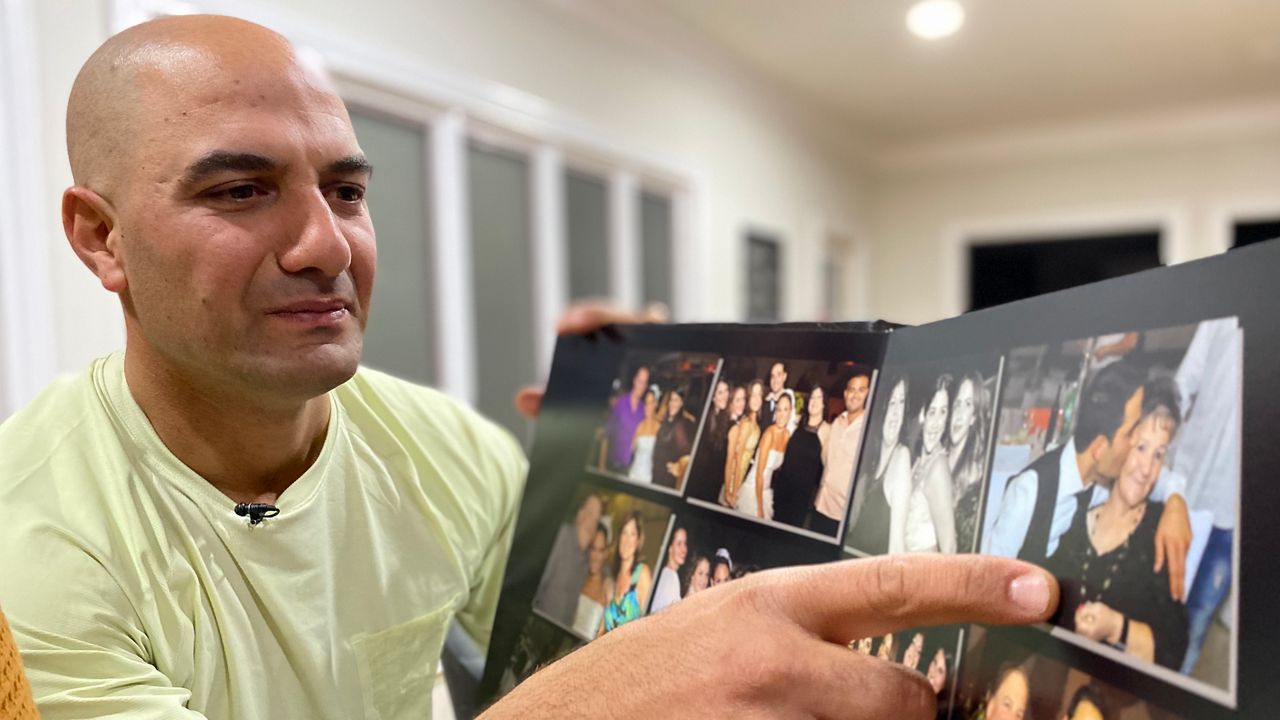Holocaust education sadly tends to be very Eurocentric. While that isn’t completely unjustified, it’s misled otherwise well informed people into the conclusion that the Shoah, and Fascism by extension, were exclusively European affairs. For example, quoting from The Holocaust and North Africa, page 9:
This position finds echoes in [the Zionist neocolony], where the Holocaust has long been claimed as a European Jewish trauma and, at the same time, a generalizably [neocolonist’s] one. The results are contradictory. On the one hand, […] Jewish youth of North African and Middle Eastern heritage (along with Muslim citizens of the [neocolony]) are expected to be swept up, along with all other [citizens], in the public witnessing and commemoration of European Holocaust history, a component even of kindergarten education in [the neocolony].
On the other hand, Middle Eastern and North African Jewish histories—including the Holocaust chapter of the North African Jewish story—are terribly underrepresented in curricula and textbooks, constituting, in the visual vocabulary of the Mizrahi artist and activist Meir Gal, only “9 out of 400” pages of the typical [neocolonial] textbook.
In reality, the Shoah extended into Afrasia and included areas like Algeria, Morocco, Libya, and Tunisia; the Fascists did, after all, believe that the ‘Jewish conspiracy’ was global. While there was probably no antisemitic violence against East African Jews (as incredible as that sounds), and the discrimination that the 110 Jews in French West Africa suffered was limited to a few dismissals, most other Jews in Axis‐occupied Africa lost their citizenship and thousands lost their very lives. Page 7:
[T]he Holocaust was experienced by Jews in North Africa through the implementation of [Axis] racial laws, the expropriation of property and economic disenfranchisement, and internment and forced labor. Some Maghrebi Jews were deported to death camps from North Africa; North African Jews living in France were deported from Western Europe. These events unfolded against a backdrop of war and what might be understood as a double occupation, by which French and Italian colonialism overlaid and interacted complexly with fascism.
*removed externally hosted image*
Pictured: ‘Libyan Jewish survivors of Bergen‐Belsen returning to Tripoli, August–September 1945.’ (Source: page 62.)
Libya, page 63:
Because of the program of internment, from the point of view of the [Axis] authorities the imagined “danger” posed by Jews in eastern Libya had been to a large degree averted. The living conditions in Giado were extremely bad, because there was neither adequate room for the internees nor sufficient food. “The daily rations in the camp were very poor and included no more than a few grams of rice, oil, sugar and coffee made out of barley seeds.”71
Because medical care was also completely inadequate, between February 1942 and January 1943 at least 562 inmates died, most of them succumbing to a typhus epidemic.72
Tunisia, page 62:
Statements by witnesses in the early 1970s describe the Gabes camp (which was similar to the two other camps) as incarcerating only Jews, especially those with Tunisian citizenship. The camp was fenced and strictly guarded, internees were strictly forbidden to leave the camp on their own.
The Libyan refugees [i.e., the Jews deported from Libya] were housed very poorly, suffered from hunger and thirst. Hygiene and medical care were extremely poor so that many camp inmates fell ill. Even if individual inmates were occasionally allowed to leave the camp to go shopping, with a special permit and an escort [of security guards], the majority of the Libyan refugees remained imprisoned for months in the Gabes camp and were not able to leave it.65
According to Pinkas Hakehillot, there was no running water in the Agareb camp, holes in the ground served as toilets, and medical care was provided only by the Sfax Jewish community. Until November 1942 the camp guards were French gendarmes; subsequently they were Germans and Italians.66
Thus three different European persecutor groups (i.e., Vichy‐oriented French policemen, Nazi German soldiers, and Italian soldiers) of the Jews deported from Libya to neighboring Tunisia between the summer of 1942 and the spring of 1943 illustrate the links between different anti‐Jewish policies during World War II, and the war developments played a major rôle in what happened to the Jews.
To give only a few byspels. Had the war continued going in the Axis’s favor, the Shoah in Africa would have been intenser. Page 72:
In the summer of 1942 [Berlin] also pressured [Rome] to deport all Jews to Europe—but this demand came to nothing because of the course of the war.109
The silence around the subject of Fascism in North Africa is simply the most obvious way in which mainstream Shoah education is excessively Eurocentric. A more arguable way is how it completely overlooks the Twoth Reich’s atrocities in Southwest Africa, which may seem like a bit of a reach, but it had an importance influence on many German Fascists.
See also:
How North African Jews Have Been Erased From Holocaust History
North Africans’ experiences of World War II often go unheard
Click here for events that happened today (November 27).
1887: Masaharu Homma, Axis lieutenant general, came into existence.
1927: The Fascists signed the Pact of Friendship and Security between Albania and Italy.
1940: In the Kingdom of Romania, the ruling Iron Guard fascist party massacred over sixty of King Carol II’s aides and other political dissidents (e.g. Nicolae Iorga), while in the Mediterranean Sea the Royal Navy engages the Regia Marina at the Battle of Cape Spartivento.
I wonder what Mark Felton's deal is. He doesn't strike me as a commie per se, but some of the content he puts out, especially when it comes to Nazis in Ukraine is really spicyyy.
Never knew about this in Africa. Very good read.



